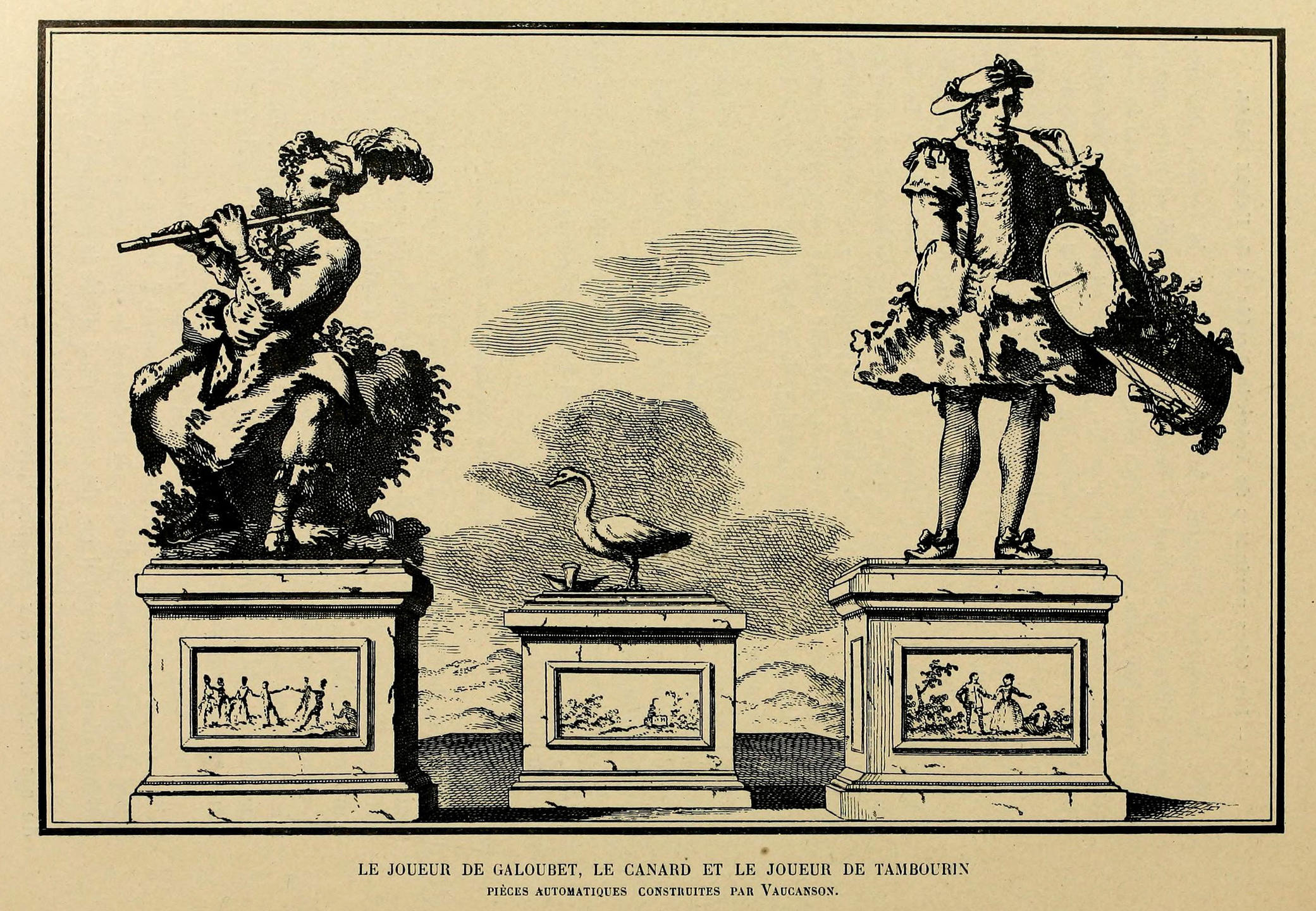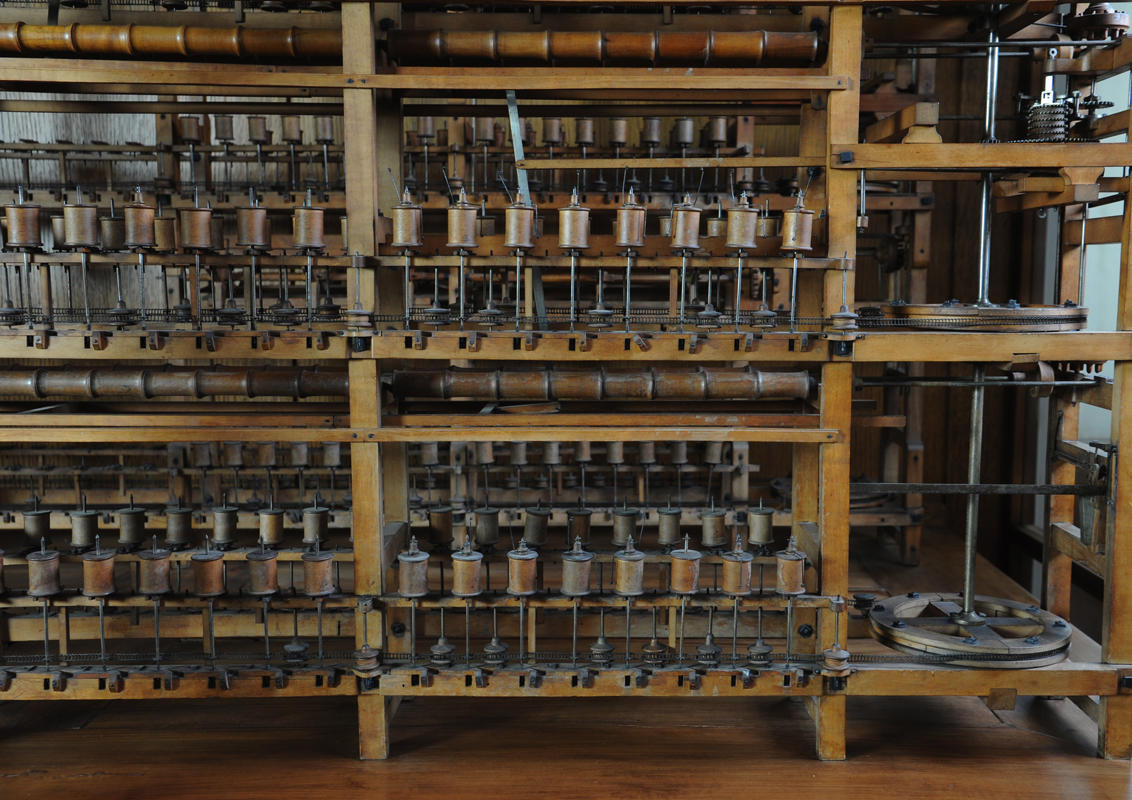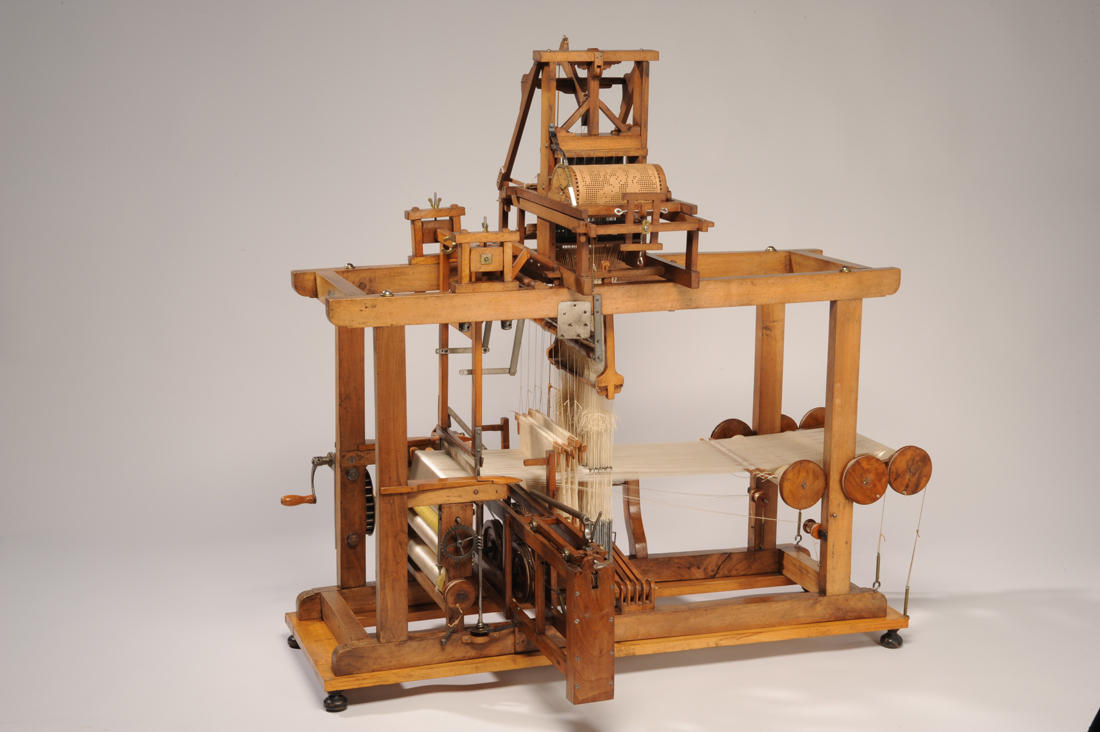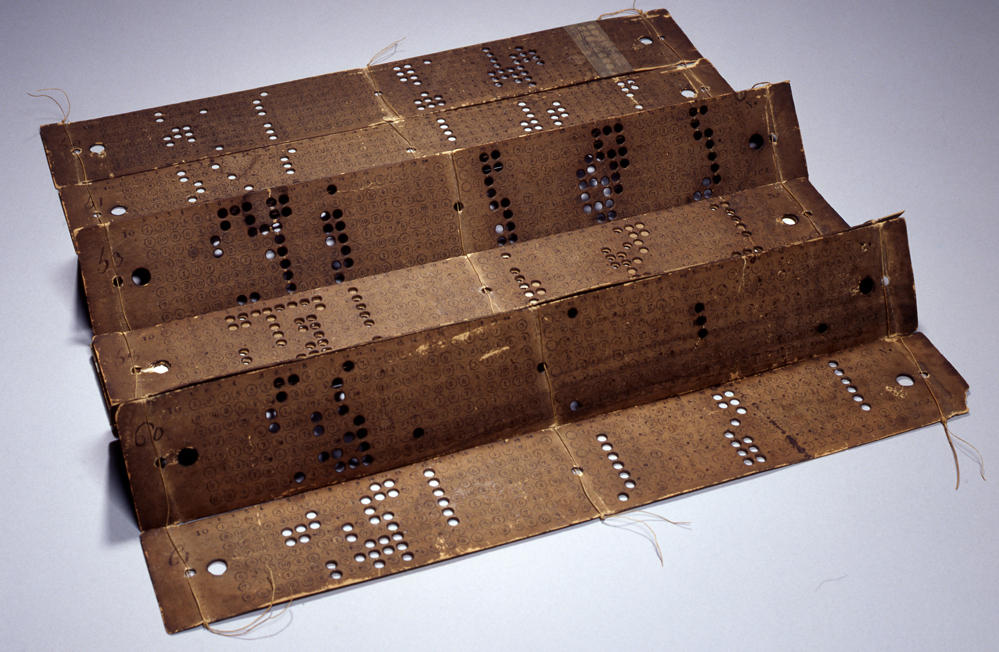You are here
Reconsidering the Legacy of French Automatons
My purpose here is to highlight France’s historic role in a specific kind of technology: mechanization.1 This role has been largely disregarded, overshadowed by the Industrial Revolution in a history of the Machine Age documented primarily by British and American authors, who often overlook mechanization modeled on life.
According to this widely accepted point of view, the British initiated the Industrial Revolution in the second half of the 18th century, thus becoming the world’s leading economic power and setting the standard for other countries. During that period, France was a nation of “dilettantes,” its nobility passing the time with frivolous, child-like amusements—for instance, Louis XVI’s fascination with clocks and mechanics earned him the nickname “The Locksmith King.” Later, France did what it could to catch up with Britain economically, even resorting to industrial espionage.
Admittedly, this type of biased narrative is partly true, but the historical reality is more complex. Contrary to common belief, throughout the 18th century, France underwent a technological revolution of which The Locksmith King’s hobby was only one manifestation. However, this revolution took a different form.
Descartes, a turning point
An important development of the Early Modern Age was the disappearance of the old distinction between nature and technology, inherited from the Greeks in general and Aristotle in particular. In his Physics, the philosopher proposed a clear separation between the natural and the man-made. In hylomorphism, as this theory is known, a natural object has an internal principle that explains either its movement or its growth, while a man-made object is inert. In other words, the first possesses an intrinsic principle, a “substantial form,” whereas the second depends on the intention of its makers.
For someone like Descartes, technological progress rendered such a distinction obsolete, as man could henceforth create complex objects endowed with an internal source of movement, e.g., a clock. From then on, nature could be reduced to matter and movement—in other words, to a giant mechanism, as postulated in the French philosopher's own theories of physics. One of the most evident products of this revolutionary approach is his famous “animal-machine” theory, a key step on the road to mechanization and machinism.

Before proceeding further, some terms need to be defined: “mechanism” represents a general conception of nature. Thus, Newton’s theory of universal gravity is based on what he called “Celestial Mechanics.” “Mechanization” is an application of this vision to various sectors of human activity. As for “machinism,” it is an implementation of a specific type, as explained below. Let us now come back to the modern conception of nature and human production, for this novel viewpoint brought about a generalized attempt at mechanization. In the 18th century, three fundamental sectors were headed in this direction.
Three-pronged mechanization
1) The first sector of mechanization is that of labor and the economy—as illustrated by Britain's well-known and extensively analyzed Industrial Revolution, although it would be wise today to consider it from a more global point of view.2 It marks the beginning of machinism, in other words the methodic use of motors to increase production while alleviating human physical effort. At first, this mechanization was clearly linked to an energy source, namely coal, and to a vector of transformation, the steam engine.
2) The second field, just as important, is never mentioned in this context, which in our opinion is a mistake: the mechanical reproduction of life, an impetus nearly exclusive to France but that eventually spread throughout Europe. Here, the extraordinary automata of Vaucanson (1709-1782) offer a paradigm, applied as much to man (the Flute Player) as to animals (the famous Duck(link is external)). The groundwork for this type of technology was laid by medieval clock-making and the marvelous automated figurines that strike the bells in the historic clock towers of Europe. At the time, Vaucanson’s creations were seen as clever curios, remarkable playthings with little potential for future development. In fact, this genial inventor lived in a century that was not ready for such innovations. Yet this line of technological investigation would eventually lead to modern robotics. But before then, these automata had to be made to respond to their environment—however sophisticated, Vaucanson’s machines were not self-regulating, but limited to predetermined movements. As the US mathematician Norbert Wiener pointed out much later, an automaton that is not capable of adaptation cannot be said to truly emulate life. To overcome this problem, in 1947 Wiener originated cybernetics, a new branch of science devoted to analyzing regulation and feedback in both natural and artificial systems.
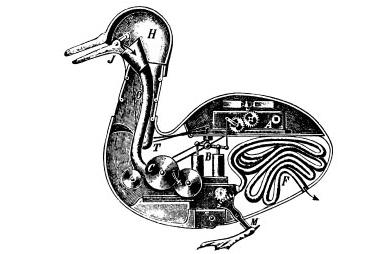
In this way, 20th-century US and Japanese technology built on France's achievements in the Age of Enlightenment. Today, robotics research is exploring many avenues, including biomechanics and animats that can be considered heirs of the Duck, whereas the android “family” founded by the Flute Player has led to creations like Honda’s remarkable ASIMO(link is external).
3) As we have just pointed out, life includes man, which implies cognition. The first step is to take a mechanistic stance by integrating it into nature, as in Man a Machine by La Mettrie, whose generalized materialism used his countryman Vaucanson’s automata as a model. Researchers later extended the principle to the mechanization of thought, leading to artificial intelligence.

In fact, Vaucanson’s role here is often overlooked. The French government of the time, hoping to benefit from his genius, steered him toward industry. He was made an inspector of silk mills, then centered in Lyon. In an effort to improve the deplorable state of silk production as he found it, he invented an entirely mechanized loom in 1741. Unfortunately, the contemporary mindset was not receptive to such a radical innovation: the silk workers were up in arms and the machine was abandoned. Later, a certain Joseph Marie Charles, a native of Lyon more commonly known as Jacquard, found Vaucanson’s device at the Conservatoire des Arts et Métiers(link is external) in Paris, and used it as the basis for the loom that bears his name, invented in 1801. Coupled with the English steam engine, this revival made it possible to automate fabric production, making no small contribution to the development of the modern textile industry.

What is the link between this invention and artificial intelligence? Vaucanson’s automata and his mechanical loom shared a key characteristic: the concept of programming. It was implemented via a system of cams in the former, and by a metal cylinder3 in the latter, but the basic concept was the same, i.e., giving the machine instructions to perform a predetermined action. Jacquard adopted the principle: his loom could repeat a series of commands determined by perforated cards in order to produce a fabric with a repeated pattern (still called Jacquard fabric to this day). The order of the cards could be modified to make the machine change patterns. This brilliant concept was used to design calculators inspired by the famous Pascaline, like the one developed by the Englishman Charles Babbage,4 which would ultimately give rise to the multiple program calculator, or computer.
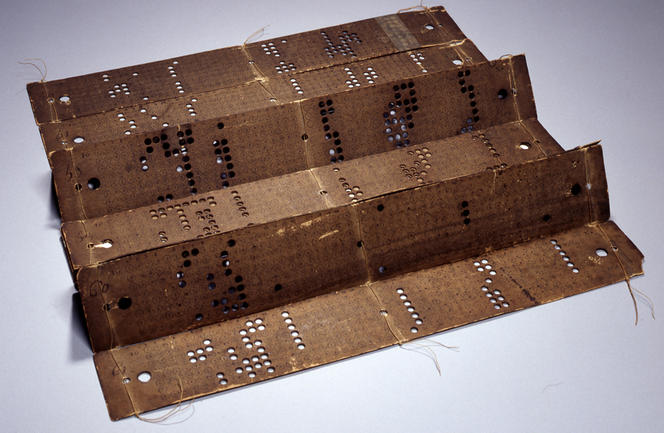
Vaucanson’s dual programming concept therefore contributed to two distinct technological lineages, one leading to the mechanization of thought, embodied by modern-day computer science, and the other to the mechanization of life in the form of robotics.
Modern-day applications
Today, the three fields of mechanization, whose characteristics are sketched out above, intertwine in various ways. Machinism, or the mechanization of labor, merges with that of life in industrial robotics, a field currently dominated by the Japanese. Similarly, the mechanization of thought and that of labor are combined in computer-assisted design, which has become indispensable in nearly every sector of production. As for computers, their applications are now countless.
With less immediate consequences than the steam engine and subsequent industrialization of labor, the early attempts to mechanize life and thought have nonetheless left an equally remarkable heritage. Aren't computers the most emblematic machines of the past half-century? As for domestic robots, man-made humanoid servants, they are already in use in Japan and will soon become commonplace in our homes. Indeed, it is time to give the French automata of the Age of Enlightenment their due. Jacques de Vaucanson, just like James Watt and others, deserves his place in the pantheon of modern technology.
- 1. A first version of this article appeared in Découvrir, the online magazine of the Montréal-based Acfas (Association Francophone pour le Savoir), which has kindly authorized its reproduction here. The text has been slightly revised for this edition.
- 2. For an example of such a broader perspective, see our article entitled “La Géographie, le Hasard et l’Histoire,” http://www.acfas.ca/publications/decouvrir/2014/03/geographie-hasard-l-h...(link is external)...
- 3. The cylinder was conceived as a more efficient replacement for the perforated cards introduced in 1728 by his predecessor, Jean-Baptiste Falcon.
- 4. The idea of the first program in this sense is attributed to Ada Lovelace, daughter of Lord Byron. As the translator of Babbage’s work, she did indeed create an algorithm for his machine, an important achievement, but, as we can see, the concept of the program itself dates from much earlier.



